Best Low Light Camera Under 1000
The best camera under £1000 in 2021: get the most features for the least cash
Included in this guide:
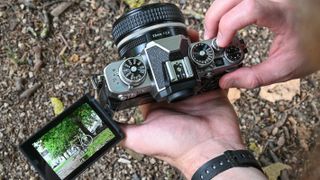
So what is the best camera under £1000? Prices are changing constantly as we all know, so our list of candidates will change over time, but right now we reckon these are the cameras that give you most bang for your buck.
If you're looking for the best camera under £1000 you've come to the right place. Whether you're looking for a traditional DSLR, a fixed lens compact or a modern mirrorless, we've put together a list of cameras that cover all the bases. No longer do you have to break the bank to own a camera that delivers outstanding image quality and lots of advanced features.
If you think you want to spend a little over £1000, you can also check out our guides on the best mirrorless cameras or best DSLRs. Don't think you need to spend loads though to get a camera that is high performance - even some of the cheaper cameras on this list are capable of producing amazing images.
Some of the cameras below are slightly more sophisticated than others, you'll need to consider what style of photography you want to focus on so you can decide what features are most important. If you want to do wildlife photography, it might be an idea to lean towards an interchangeable lens Micro Four Thirds cameras but if you want to shoot video as well as stills, look for a camera that has 4K capabilities.
We've rounded up the best cameras that fit the budget. We've featured compacts, DSLRs and mirrorless cameras, and where possible we've ensured our picks have included a lens as well as a camera so you can be sure that you'll get everything you need within the budget.
• You can buy all of the DSLRs and mirrorless cameras in our list body only or with a choice of kit lenses; for this guide we have recommended a body and a lens to get you going, and still come in under the £1000 budget.
So, let's get started, and run through the best cameras under £1000!
Best camera under £1000 in 2021

The X-T30 is small, compact, beautifully made and powerful
Specifications
Type: Mirrorless
Sensor: APS-C
Megapixels: 26.1MP
Lens mount: Fujifilm X
Screen: 3in tilting touchscreen, 1,040k dots
Viewfinder: EVF, 2,360k dots
Max continuous shooting speed: 30/8fps
Max video resolution: 4K
User level: Intermediate/Expert
Reasons to buy
+Small size & traditional design +Excellent image quality +Autofocus performs well
Reasons to avoid
-No in-body stabilisation
The Fujifilm XT-30 might've come out a couple of years ago now but it's still an impressive camera with lots of pro features. It's the little sister of the Fujifilm X-T3 and includes a lot of the same specs only in a smaller body that has less external dials. It might not have the image stabilization or fully articulated screen that the brand new Fujifilm X-T4 does, but when you can get the body and the Fujinon XC 15-45mm lens for less than £1000, it certainly stands its ground. It has an incredibly fast burst shooting mode of 30 fps when using the electronic shutter which is ideal if you want to shoot moving objects. Like the other X-series camera, it benefits from Fujifilm's trademark retro look with external dials on top to change shutter speed and white balance. Another great advantage of Fujifilm cameras is the JPEG's they produce straight from the camera are stunning so if you can't be bothered to edit there's really no need - so long as you get the exposure right in camera.
Read more: Fujifilm X-T30 review
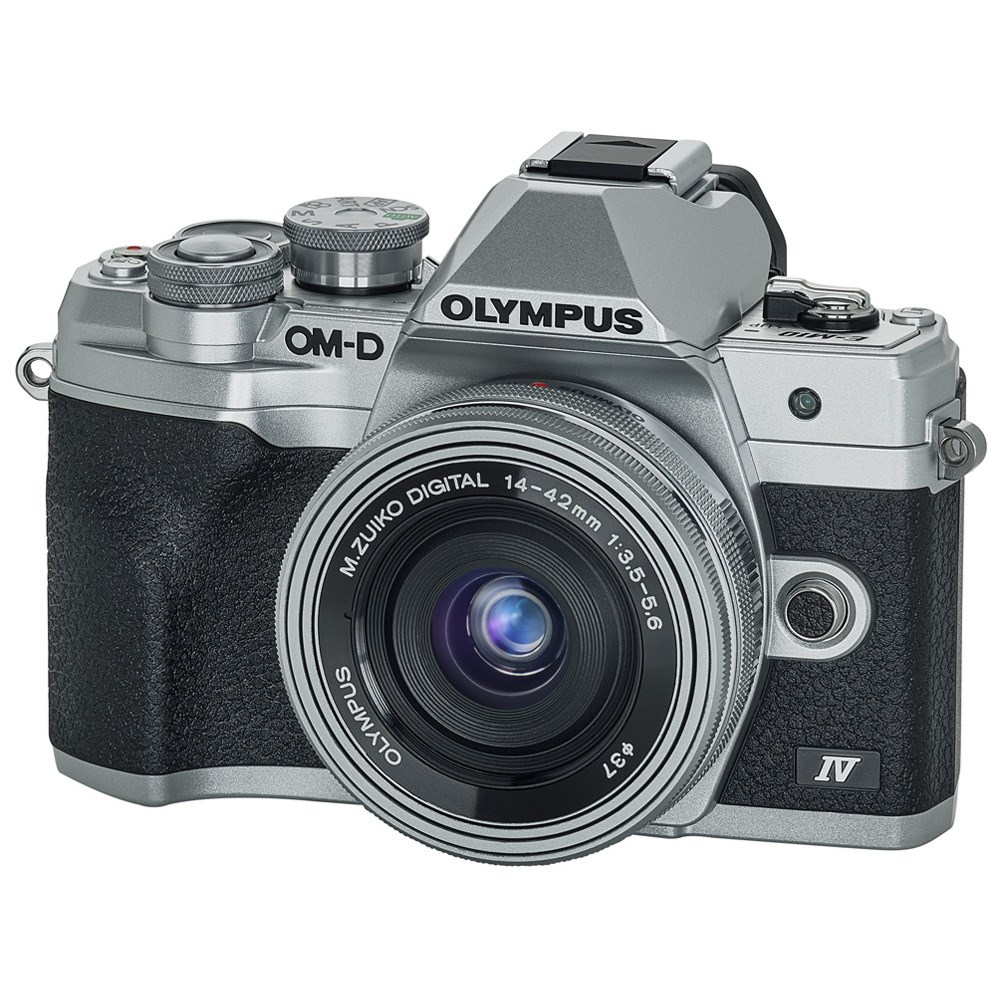
A lot of camera for the money; you could even afford a second lens
Specifications
Type: Mirrorless
Sensor: Micro Four Thirds
Megapixels: 20.3MP
Screen: 3-inch tiltable touchscreen, 1,037K dots
Viewfinder: Electronic 2,360K dots
Lens: Micro Four Thirds
Continuous shooting speed: 15fps
Max video resolution: 4K
User level: Intermediate/Enthusiast
Reasons to buy
+Updated 20MP sensor +Flip-down monitor
Reasons to avoid
-Plastic build -No mic port for vloggers
The Olympus OM-D E-M10 Mark IV's predecessor, the Mark III, was a great camera with plenty to offer. However, its aging 16MP sensor and contrast AF left room for improvement. Luckily the Mark IV is a great update, with the same 20.3MP sensor as the PEN-F and improved Continuous Autofocus. While some improvements are incremental, the Mark IV brings some interesting new offerings to the table including a zippy 15fps continuous burst mode. We're also a fan of the extra-tiltable screen, which is capable of flipping 180° down to create the perfect selfie screen. And Olympus has thankfully returned silent shooting to manual mode! Make sure you get this with the EZ 14-42mm pancake lens for the ultimate pocket-size travel camera.
Read more: Olympus OM-D E-M10 Mark IV review
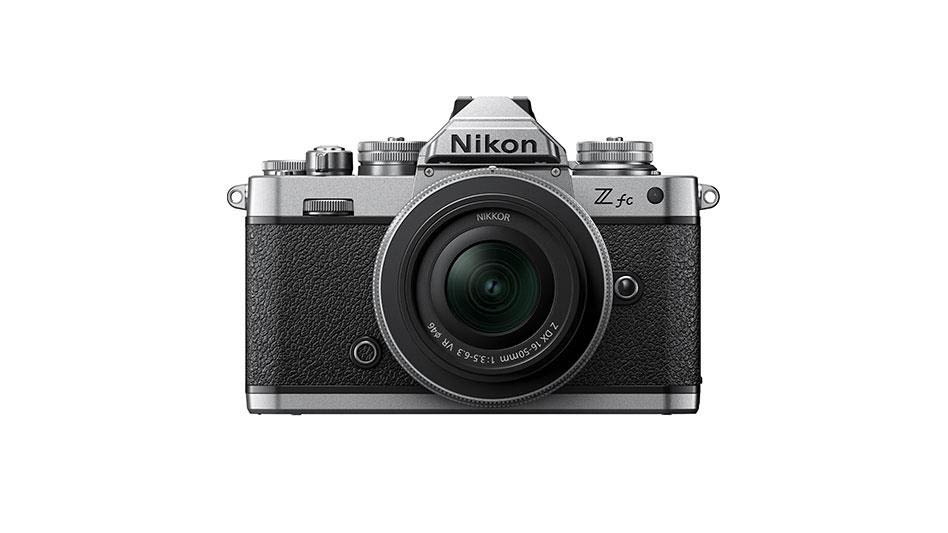
Nikon's retro styled camera is the Nikon Z50 in a prettier body
Specifications
Type: Mirrorless
Sensor: APS-C CMOS
Megapixels: 20.9MP
Monitor: 3-in vari-angle touchscreen, 1.04m dots
Continuous shooting speed: 11fps
Viewfinder: EVF, 2.36m dots
Max video resolution: 4K UHD at 30p
User level: Beginner/enthusiast
Reasons to buy
+Good value from the start +Compact body and kit lens +4K video and 11fps shooting
Reasons to avoid
-No in-body stabilization
The Nikon Z fc is pretty much the Nikon Z50 only in a more traditional SLR style body. It's much smaller than Nikon's full-frame, mirrorless models which makes it perfect for travel and street photography. Nikon might've been late to the mirrorless APS-C game but at least they managed to bring out a camera with specs to shout about. The Nikon Z fc is capable of recording 4K at 30p, can shoot up to 11fps in burst mode and has responsive autofocus and eye AF as well as wifi capabilities for transferring images on the go via the Nikon app.
We love the retro design, it feels like you're shooting with a Nikon FM2 only you can view the images straight away, don't need to worry about exposure and you can shoot video. It comes with Nikon's Z mount so you can use any full-frame lens on it which is handy because there aren't too many APS-C Z mount lenses out yet. You could also invest in the Nikon FTZ adapter if you have Nikon F mount lenses already We've been a little cheeky including it in our list as with the kit lens the total price tops out at just over £1000 (£1039 to be precise) but we think it's such a good camera it deserves to be on the list.
Read more: Nikon Z fc review

Sony's best APS-C format compact system camera for under a grand
Specifications
Type: CSC
Sensor: APS-C
Megapixels: 24.2MP
Screen: 3in tilting screen, 921k dots
Viewfinder: Electronic 1,440k
Lens mount: Sony E
Continuous shooting speed: 11fps
Max video resolution: 4K
User level: Enthusiast
Reasons to buy
+Conveniently compact build +Fast autofocus is good for tracking +Great vlogging camera
Reasons to avoid
-Lacks in body stabilization -Some Sony lenses are large compared with the body
Small but with a comfortable and natural feel, thanks to generously proportioned grip areas, the Sony A6400 is a mid-range model fitting somewhere between the bargain A6000 and the new flagship A6600. The A6400 just squeezes in under budget with a zoom, and is a particular great choice for those who want to shoot video as well as stills, as this mirrorless model was built with vloggers in mind. The 16-50mm PZ (Power Zoom) kit lens is a good match for the body, although some of Sony's other E-mount lenses can seem comparatively large on such a slimline camera. The 16-50mm lens also features optical image stabilization. That's good news, because unlike the top-end A6600, the A6400 has no sensor-shift stabilizer.
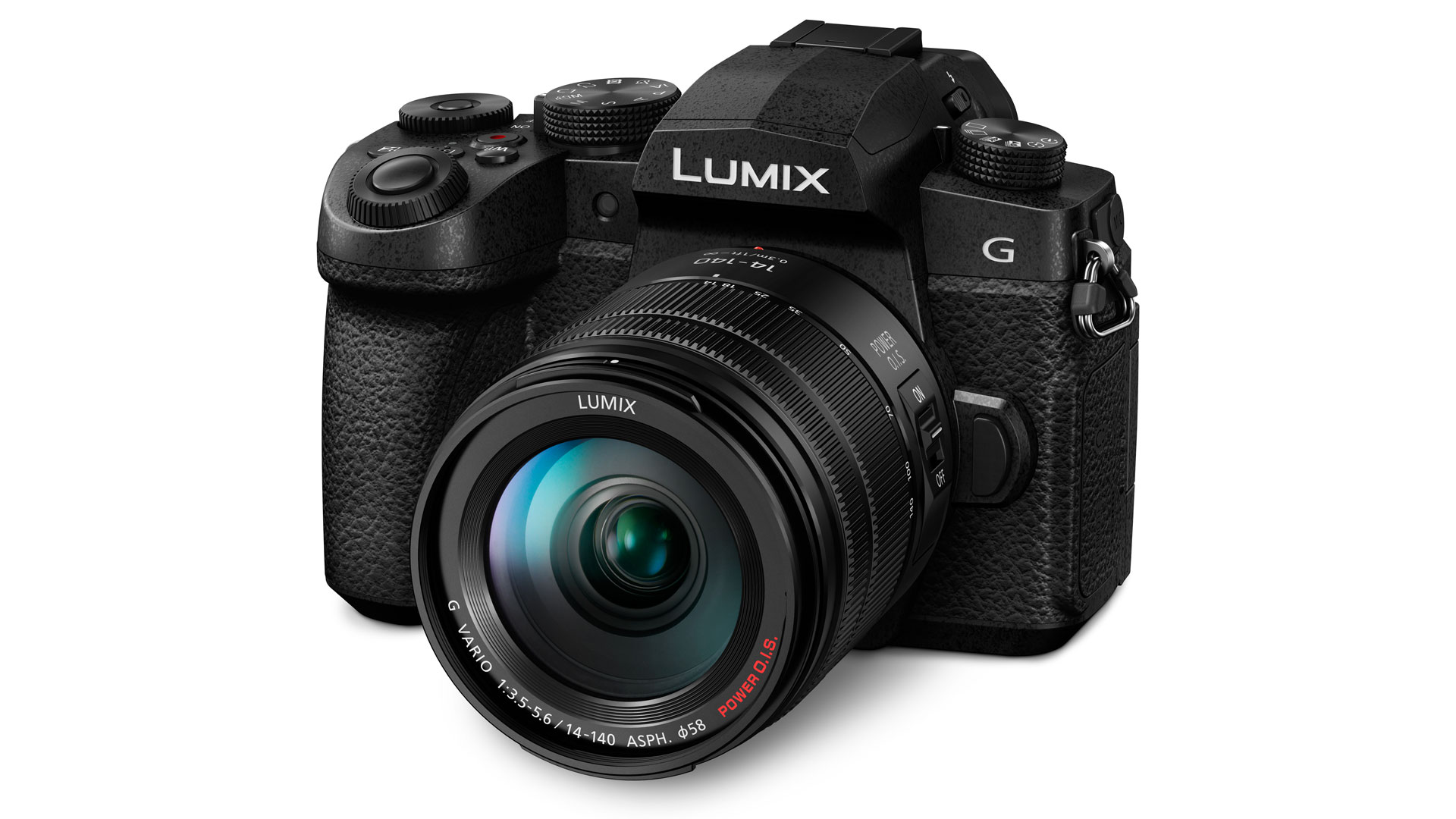
A great value mirrorless camera from Panasonic with DSLR-like styling
Specifications
Type: CSC
Sensor: Micro Four Thirds
Megapixels: 20.3MP
Screen: 3.0-inch vari-angle touchscreen, 2.1m dots
Viewfinder: Electronic 2,360k
Lens mount: Micro Four Thirds
Continuous shooting speed: 9fps (6fps with AF)
Max video resolution: 4K
User level: Enthusiast
Reasons to buy
+Very good build quality and handling +Clear, high-res electronic viewfinder +Fully pivoting touchscreen
Reasons to avoid
-Quite big for a Micro Four Thirds mirrorless camera
With a DSLR-style design that features a chunky handgrip and a large viewfinder up on top, the Lumix DC-G95 looks and feels a serious camera. It's well built with a weather-sealed splashproof and dustproof construction. Tech highlights include a 5-axis sensor-shift stabilizer that can work in tandem with optically stabilised lenses. 'Light Speed AF' delivers fast and accurate autofocus performance, and typical up-market Panasonic extras include focus stacking and 'Post Focus Simulation', where you can fine-tune the point of focus after taking a shot. The speedy 9fps burst rate increases to 30fps if you use the 4K Photo mode Composing and reviewing shots benefit from an excellent viewfinder and fully articulated touchscreen. The premium-grade body is a bargain at the price, but even more so with the 12-60mm kit lens , which still brings it in just below our top budget. The smaller MFT sensor is the only reason this camera isn't further (a lot further) up our list.
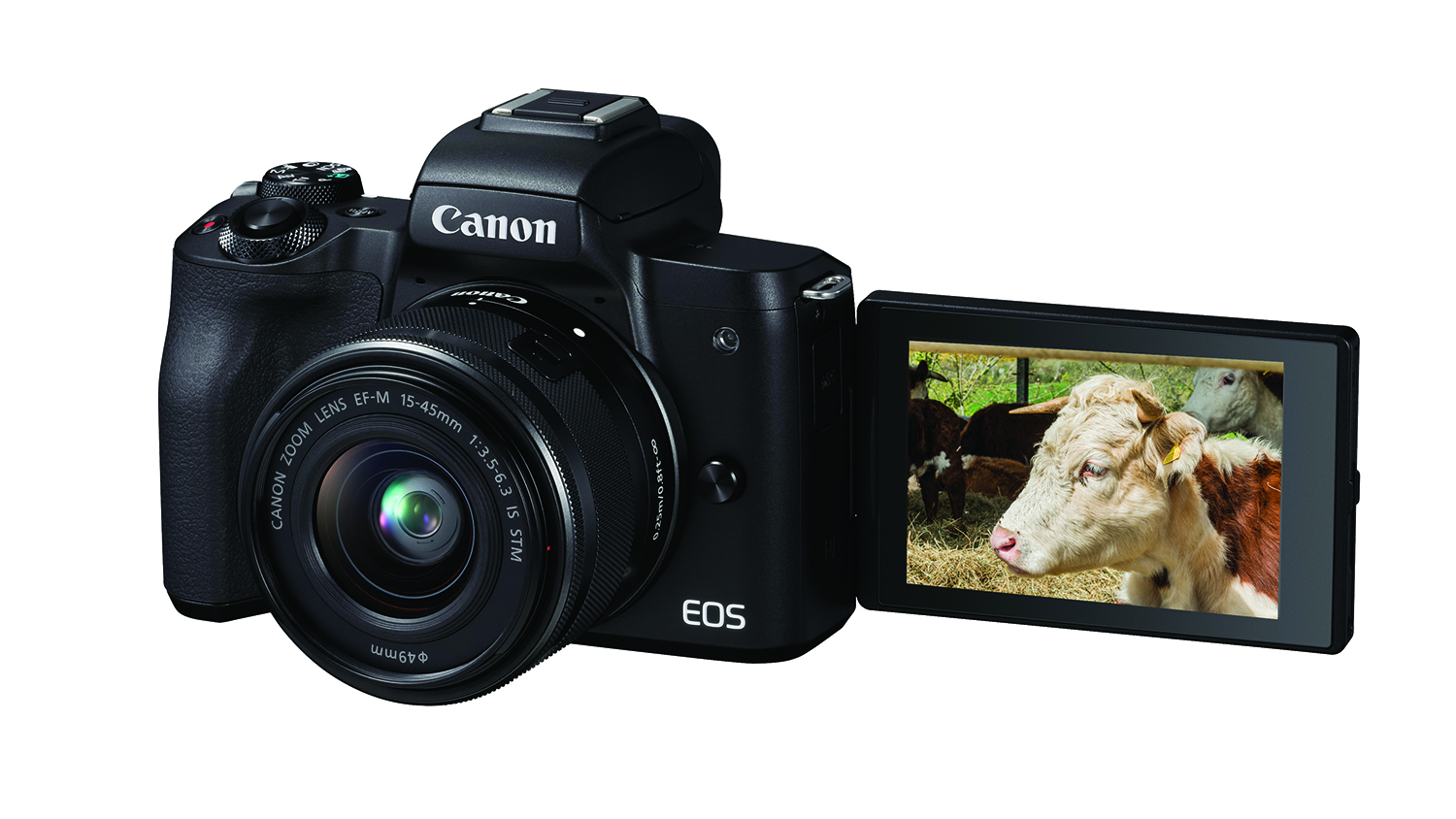
Canon's mid-range mirrorless camera is the best buy for beginners
Specifications
Type: Mirrorless
Sensor: APS-C
Lens mount: Canon EF-M
Screen: 3in vari-angle touchscreen, 1,040k dots
Max burst speed: 10fps
Max video resolution: 4K UHD
Reasons to buy
+Built-in electronic viewfinder +Excellent vari-angle touchscreen
Reasons to avoid
-4K video limitations -Simplified exterior controls
Yes, Canon has released a M50 Mark II version, but the changes are minor and it's not available in all territories, so while the EOS M50 remains the most widely available version, we will stick with that. The EOS M50 packs a lot of tech into its compact body, and the fact it has a viewfinder – when so many similarly priced mirrorless cameras don't – is a big selling point. The retracting 15-45mm kit lens can be a little awkward to use, and the 4K video mode brings a cropped view and autofocus limitations, but this is still a cute and easy to use camera which is really rather versatile. It's a great mirrorless alternative to the Canon Rebel SL3 below, but offers similar features in a smaller camera. You can get this with a 15-45mm lens for well under our budget, and if you shop around you may find twin-lens kits with a telephoto zoom that are still under $1,000.
Read more: Canon EOS M50 review
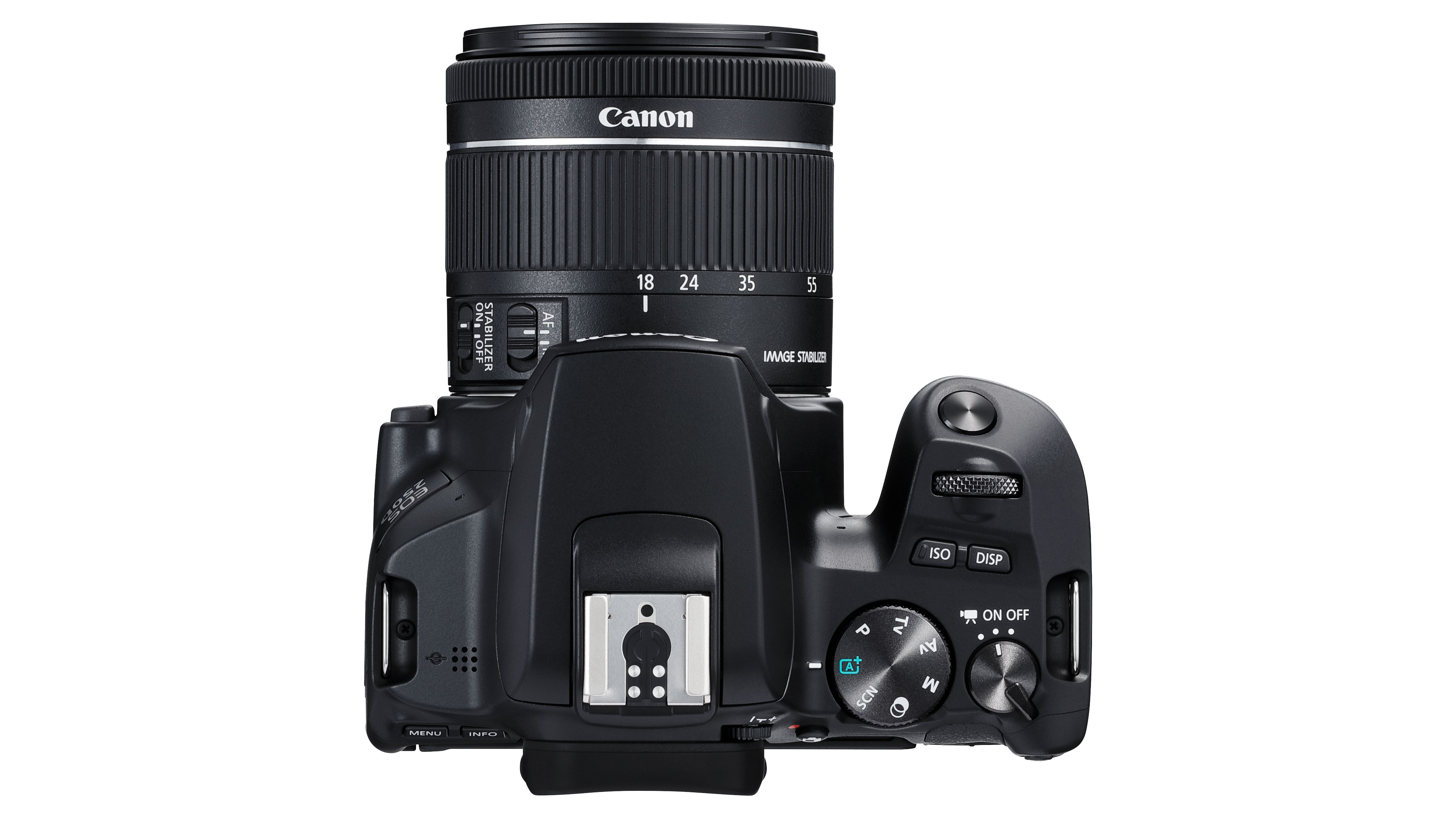
7. Canon EOS 250D
The EOS 250D is small and simple to get started with, but full of features
Specifications
Type: DSLR
Sensor: APS-C
Lens mount: Canon EF-S
Screen: 3in vari-angle touchscreen, 1,040,000 dots
Max burst speed: 5fps
Max video resolution: 4K UHD at 25p
Reasons to buy
+A lightweight, intuitive DSLR +Superb Live View shooting
Reasons to avoid
-Larger than mirrorless rivals -Relatively few AF points
The pint-sized Canon EOS 250D has been around for a while now but it's still one of our favourites. Its 24.1MP APS-C sensor delivers excellent image quality, and Live View shooting with the LCD screen so easy and intuitive, with such good Dual Pixel CMOS autofocus, that we'd actually say this is one of the only DSLRs where composing shots with the screen is as easy as with a mirrorless camera. Canon also packs in 4K video, and wraps everything up in an ergonomically designed DSLR body that's just about the smallest on the market. The new EOS 850D is a lot more expensive but only marginally more desirable. With an 18-55mm kit lens the EOS 250D is well below our £1000 budget limit, and it's worth looking out for twin-lens kits that add a telephoto zoom – and still for less than £1000.
Read more: Canon EOS 250D review
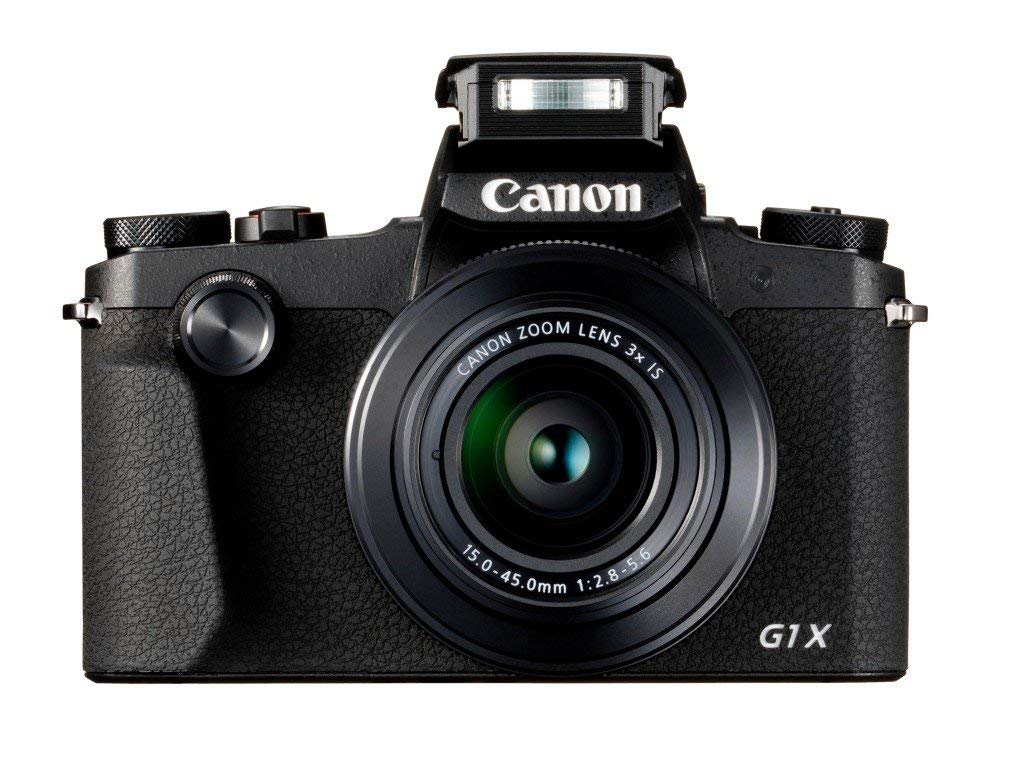
This top-quality compact really is like a DSLR in your pocket
Specifications
Type: Compact
Sensor: APS-C
Megapixels: 24.2MP
Lens: 24-72mm f/2.8-5.6 (equiv.)
LCD: 3in vari-angle touchscreen, 1.04 million dots
Viewfinder: EVF
Maximum continuous shooting speed: 7fps
Max video resolution: Full HD
User level: Enthusiast/expert
Reasons to buy
+Very compact for sensor size +Excellent image quality +Decent 3x zoom range
Reasons to avoid
-Just f/5.6 at full zoom
It's not all about DSLRs and mirrorless cameras! Canon really has done an amazing job with the G1 X Mark III. Yes, it is pretty pricey for a compact camera, but it houses pretty much the same 24-megapixel APS-C sensor in its slimline body as you'll find in Canon's EOS 80D DSLR and its EOS M mirrorless cameras. This is matched up to a zoom lens that's even more amazing, because it covers a 24-72 equivalent focal range and can still retract into the camera body when you're not taking pictures. It's true that the maximum aperture does drop off considerably as you zoom in, from f/2.8 right down to f/5.6, but you get this with compact DSLR and mirrorless kit lenses anyway. The G1 X Mark III might look pretty pricey, but it's actually not that dear compared to other APS-C compact cameras, and right now it's pretty much in a class of its own for a premium compact camera with zoom. If you've longed for a future world where you can get a DSLR small enough to fit in your pocket, well, it's already happened.
Read more: Canon PowerShot G1 X Mark III review
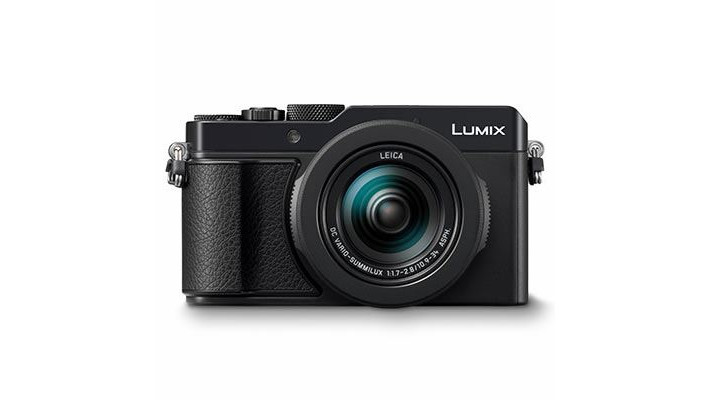
If you like the Canon G1 X III quality but not the price, get this
Specifications
Type: Compact
Sensor size: Micro Four Thirds
Megapixels: 17MP
Lens: 24-75mm, f/1.7-2.8 (equiv.)
LCD: 3in fixed, 1,24 million dots
Viewfinder: EVF
Continuous shooting: 11fps
Max video resolution: 4K
User level: Enthusiast/expert
Reasons to buy
+Only compact with MFT sensor +Fast f/1.7-2.8 lens +4K video, 4K Photo modes
Reasons to avoid
-17MP is lower than some rivals
The trouble with big sensors is that you need big lenses to go with them, so there goes any kind of pocketability. Usually. But Panasonic has really hit the sweet spot with the Panasonic LX100 II. It combines a Micro Four Thirds sensor that's not much smaller than the ASP-C sensors in mode DSLRs, with a miniaturised lens assembly that powers down into a camera body slim enough to carry around anywhere. The LX100 II is a brand new version of the original LX100, which was, admittedly, starting to show its age. The new model has a 17-megapixel 'multi-aspect' sensor, which means you can use its native 4:3 aspect ratio, the 3:2 ratio used by most DSLRs and mirrorless models, or a 16:9 'wide' format without losing lots of megapixels through cropping. With an external shutter speed dial, lens aperture ring and aspect ratio switch, the LX100 II is a dream compact camera for enthusiasts and experts.
Read more: Panasonic Lumix LX100 II review
Read more:
• Best cameras under £500
• Best cameras under £200
• Best cameras for beginners
• Best DSLRs
• Best mirrorless cameras

Jon spent years at IPC Media writing features, news, reviews and other photography content for publications such as Amateur Photographer and What Digital Camera in both print and digital form. With his additional experience for outlets like Photomonitor, this makes Jon one of our go-to specialists when it comes to all aspects of photography, from cameras and action cameras to lenses and memory cards, flash diffusers and triggers, batteries and memory cards, selfie sticks and gimbals, and much more besides. An NCTJ-qualified journalist, he has also contributed to Shortlist, The Skinny, ThreeWeeks Edinburgh, The Guardian, Trusted Reviews, CreativeBLOQ, and probably quite a few others I've forgotten.
Related articles
Best Low Light Camera Under 1000
Source: https://www.digitalcameraworld.com/uk/buying-guides/the-best-cameras-under-1000
Posted by: myersgrell1966.blogspot.com

0 Response to "Best Low Light Camera Under 1000"
Post a Comment